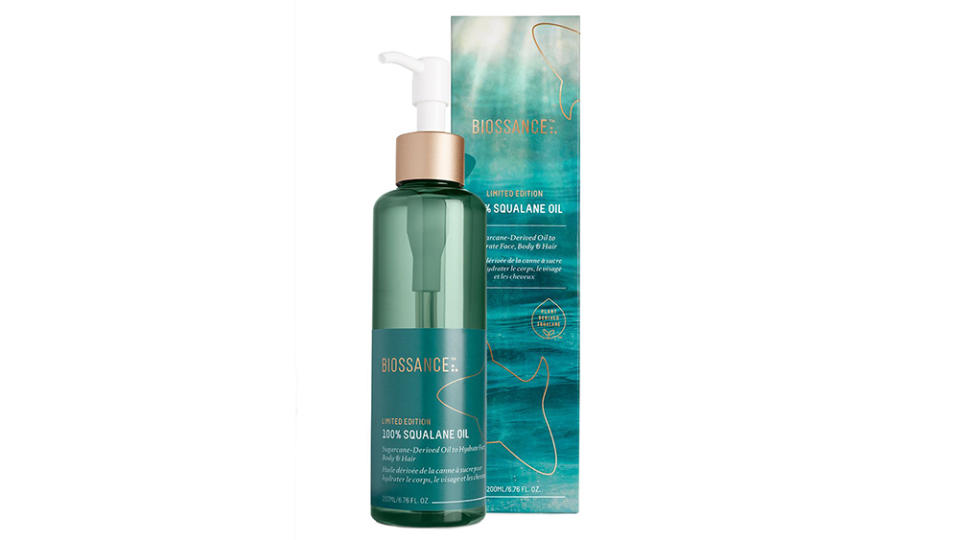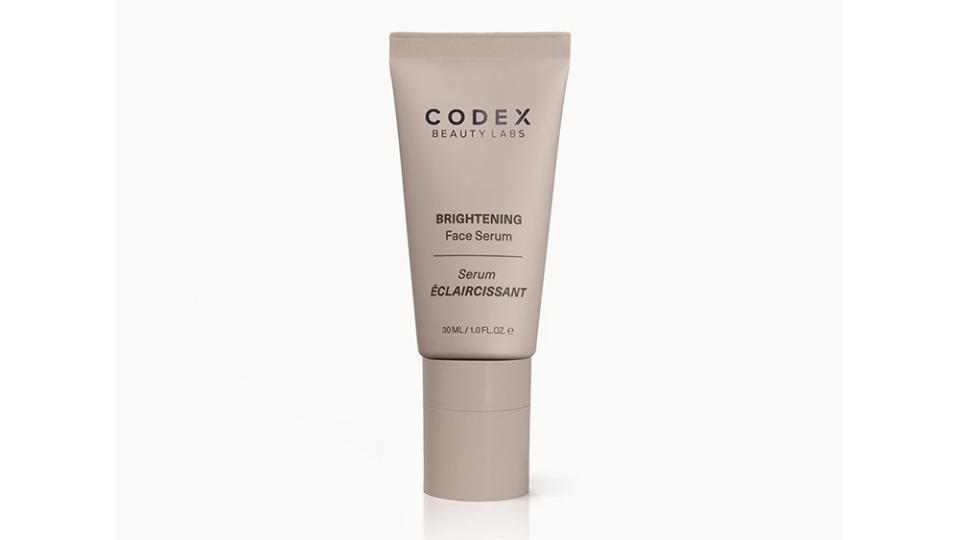Meet the Sustainable Grooming Brands Changing the Face of Luxury Skincare

Emergent Millennials might struggle to remember a time when luxury was synonymous with excess. There was a time (pre-pandemic, pre-climate crisis, pre-“woke”) when societal values were wildly different and a skincare company could charge hundreds of dollars for non-recyclable plastic packaging, scant science and hype.
In the mid-nineties, La Mer had something of a monopoly at the higher end of the market. Its top-secret formula—a fermented broth allegedly concocted by a rocket scientist in an effort to heal burns—took the world by storm at a time when $200 moisturizers were not commonplace. It was, and continues to be, an exceptional product but the mystique surrounding the brand doesn’t elicit quite the same excitement in 2021.
More from Robb Report
The Best Eye Creams for Fighting Fine Lines, Wrinkles and More
We Tried Valmont's $1,000 Crème Merveilleuse to See if It Lives Up to Its Name
Back then, the prevailing logic was that you got what you paid for: A higher price tag meant greater efficacy. Those who couldn’t afford La Mer et al insisted that the markup had little, if anything, to do with mystery ingredients and everything to do with marketing, packaging and aspiration. The truth, as usual, was always somewhere in the middle.
And while a handful of people still demand that their moisturizer contain crushed diamonds and unicorn’s tears, our appetites have switched to a new kind of luxury, one that is driven by science and sustainability rather than sensationalism. Given that skincare represents one of the most expensive single-use items on the market, we felt it was worth unpacking the values that define luxury skincare as it stands in 2021.
<img loading="lazy" class="wp-image-1234629423 size-full" src="https://robbreport.com/wp-content/uploads/2021/08/la-mer-1.jpg" alt="La Mer’s extravagant Genaissance collection includes a recently launched 5 night cream. - Credit: La Mer" width="1000" height="563" srcset="https://robbreport.com/wp-content/uploads/2021/08/la-mer-1.jpg 1000w, https://robbreport.com/wp-content/uploads/2021/08/la-mer-1.jpg?resize=150,84 150w, https://robbreport.com/wp-content/uploads/2021/08/la-mer-1.jpg?resize=300,169 300w, https://robbreport.com/wp-content/uploads/2021/08/la-mer-1.jpg?resize=768,432 768w, https://robbreport.com/wp-content/uploads/2021/08/la-mer-1.jpg?resize=980,551 980w, https://robbreport.com/wp-content/uploads/2021/08/la-mer-1.jpg?resize=640,360 640w, https://robbreport.com/wp-content/uploads/2021/08/la-mer-1.jpg?resize=320,180 320w, https://robbreport.com/wp-content/uploads/2021/08/la-mer-1.jpg?resize=660,371 660w, https://robbreport.com/wp-content/uploads/2021/08/la-mer-1.jpg?resize=480,270 480w, https://robbreport.com/wp-content/uploads/2021/08/la-mer-1.jpg?resize=960,540 960w, https://robbreport.com/wp-content/uploads/2021/08/la-mer-1.jpg?resize=230,129 230w, https://robbreport.com/wp-content/uploads/2021/08/la-mer-1.jpg?resize=184,103 184w, https://robbreport.com/wp-content/uploads/2021/08/la-mer-1.jpg?resize=170,96 170w, https://robbreport.com/wp-content/uploads/2021/08/la-mer-1.jpg?resize=600,338 600w, https://robbreport.com/wp-content/uploads/2021/08/la-mer-1.jpg?resize=125,70 125w, https://robbreport.com/wp-content/uploads/2021/08/la-mer-1.jpg?resize=110,62 110w, https://robbreport.com/wp-content/uploads/2021/08/la-mer-1.jpg?resize=285,160 285w, https://robbreport.com/wp-content/uploads/2021/08/la-mer-1.jpg?resize=800,450 800w" sizes="(max-width: 1000px) 100vw, 1000px" />La Mer
“I put the credit for the tide turning with The Ordinary, who broke ranks with the cosmetics industry by revealing the true cost of established skincare actives such as hyaluronic acid and retinol—a pittance,” says industry veteran and author of Great Skin: Secrets the Beauty Industry Doesn’t Tell You, Ingeborg van Lotringen.
She is referring to the disruptor that launched in 2016 with brutally transparent labeling. “It demonstrated that simple formulas built around key actives could not only be effective and potent, but could deliver great profit for their producers, even at rock-bottom prices,” Van Lotringen adds.
And so, with the curtain pulled back, “skintelligent” consumers got savvy about their purchases. Prior to the advent of The Ordinary, few were going to a beauty counter and asking for a 1 percent retinol or a 2 percent salicylic acid product, let alone paying $10 for it. The brand’s influence rippled through copycat cosmetics companies and across social media, changing the way people shopped for skincare.
Its indirect impact on the luxury sector was begging the question: Is there any real difference between a $10 retinol product and its $200 counterpart? “Retinol is a cheap ingredient,” says Van Lotringen. “The clinical trials are from decades ago and the right dosages and basic formulation protocols have long been established. So, in terms of potency and effectivity, there is no difference between a $10 or a $100, or even a $1,000, retinol product. The same is true for things like hyaluronic acid and niacinamide.”
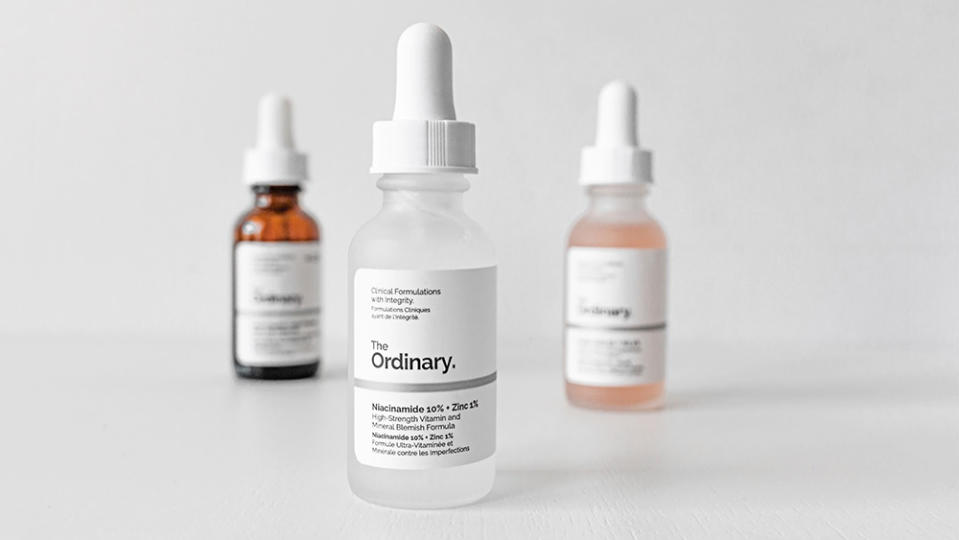
The Ordinary
So, armed with this information, how can we justify the products upwards of $100 that are still on the market? In many cases, the markup is justified by the overall formulation and the way in which ingredients work synergistically to achieve results. A product might have a unique delivery system or be formulated to offset the risk of irritation, as is often the case with retinol-based products. Often, it is biotechnology—and the many clinical trials that accompany its development—that legitimately drives up the price.
To wit, the sustainably minded brands that embody this new era of luxury rely almost exclusively on biotech—the fusion of biology with chemistry to create potent ingredients that have zero environmental impact. Finding an effective biosynthetic alternative to hyaluronic acid, squalene and retinol is no mean—or, indeed, cheap—feat. In decades past, choosing sustainable products meant compromising efficacy, but advances in biotechnology have made such trade-offs redundant.
Biossance, for example, found an alternative to the exceptionally moisturizing ingredient squalene by bio-fermenting 100 percent plant-based, renewable sugarcane. In doing so, it has played a part in saving some 2 million sharks per year who would otherwise be slaughtered for their squalene-rich livers. C16 Biosciences of New York is even working on biotech alternatives to palm oil.
“Millennials and Gen Z have made it clear there will be no future market for cosmetics unless it’s sustainable,” observes Van Lotringen. “I don’t believe Gen X and the Boomers could have forced this level of change. On the whole, there wasn’t the same passion for these issues, nor the willingness to absorb the potential cost.”
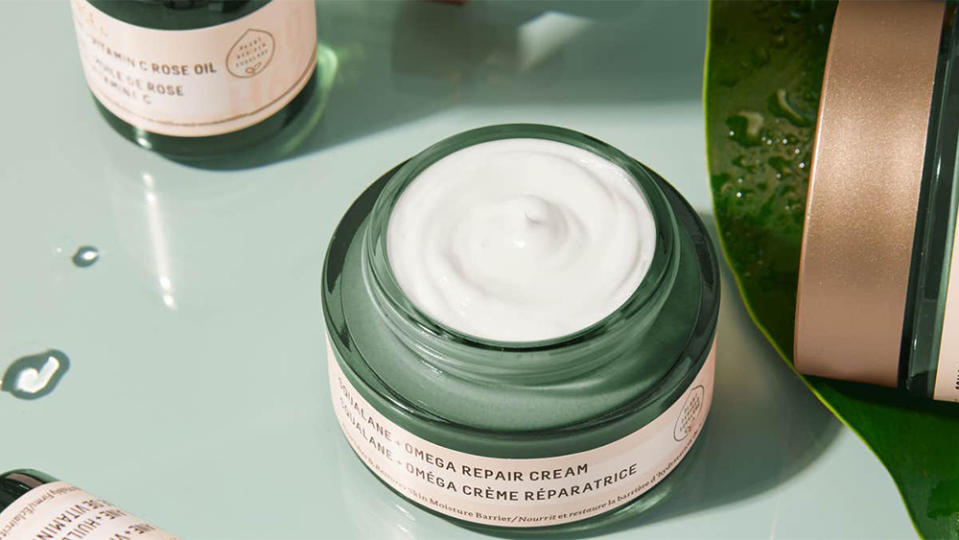
Biossance
Where sustainability efforts were once a tokenistic gesture on the part of many brands, the new luxury skincare market demands that brands are as transparent with their ethics as they are with their formulas. Biotech ingredients with full traceability have been put center-stage alongside philanthropic efforts.
The list of brands that are willing to put their money where their mouth is growing daily. L’Occitane supports the women of Burkina Faso who make its shea butter, while haircare brand Rahua supports Native Amazonian Indigenous Communities in achieving a self-sustained economy. Neal’s Yard Remedies played a crucial part in the UK government’s ban on the use of micro-beads and Biossance gives away $20,000 annually to conservation projects in the US. Even La Mer, which still keeps its precious formula under lock and key, has pledged to help protect 16 million miles of marine habitats across the planet.
The beauty landscape has changed in an irreversible way, and a new generation of sustainably minded bio-tech brands are leading the way. Here are five of our favorites.
Biossance 100 Percent Squalane Oil
Squalane—not to be confused with squalene with an ‘e’—is a vegan hydrator that can be used from head to toe. It makes for a great hair and beard oil, as well as a body and face moisturizer. An all-rounder that’s ideal for low-maintenance groomers.
Spectacle Performance Crème
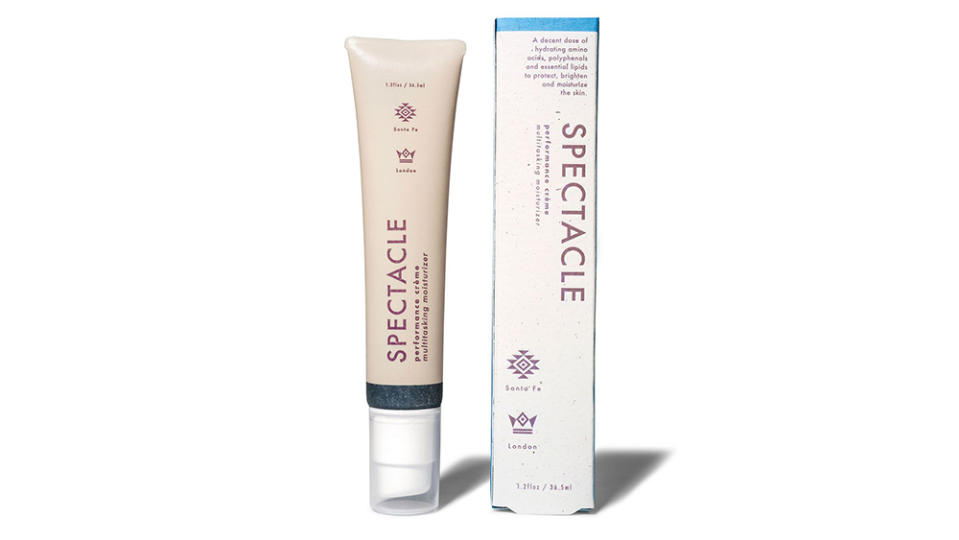
A multitasking moisturizer that has taken the UK by storm, achieving cult status in a relatively short period of time. The formula champions the powers of Gallic Acid, a natural antioxidant, along with bio-fermented squalene and a stabilized form of retinol. The ingredient list (printed with soy ink on hemp paper, natch) reads like a greatest hits of skincare while the tube is constructed from a spruce-wood and sugarcane compound.
Orveda Prebiotic Emulsion
A longstanding favorite (and 2020 Best of the Best winner) Orveda is a leader in luxury, green beauty. The range relies on a marine enzyme and natural prebiotic to help heal the skin’s natural moisture barrier and promote a healthier microbiome. Among our favorites is this rejuvenating emulsion.
Codex Beauty Labs Antü Brightening Serum
Founded by Dr. Barbara Paldus, a scientist who made her mark by revolutionizing the manufacturing process for cancer therapeutics and vaccines and whose technology played a role in the Covid-19 vaccine program, Codex employs biotech where botanicals are scarce or unusable and includes food-grade preservation systems in each product. In terms of sustainability, the brand supports the Nagoya protocol and exercises Fair Trade while aiming to have a zero carbon footprint by 2025. This particular product relies on a bio-tech probiotic lactobacillus that supports the skin’s microbiome.
Seed to Skin The Cure
This lightweight anti-aging treatment for men deals just as well with razor burn as it does with fine lines. The formulation combines anti-inflammatory botanical ingredients in a unique molecular delivery system for maximum efficacy. Each step of its production, from formulation to packaging, takes place at a laboratory on an organic farm in Tuscany.
Best of Robb Report
Sign up for Robb Report's Newsletter. For the latest news, follow us on Facebook, Twitter, and Instagram.
